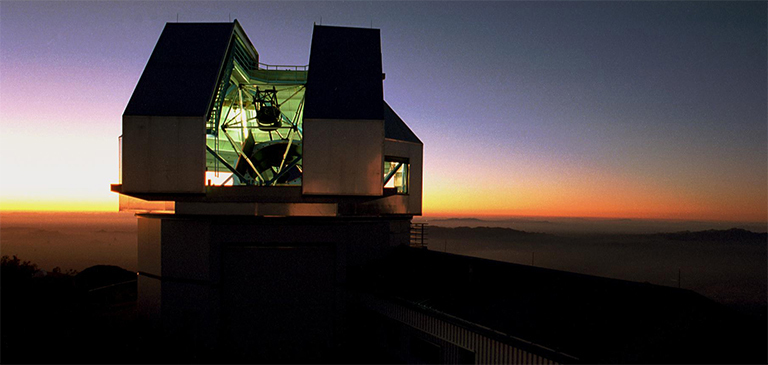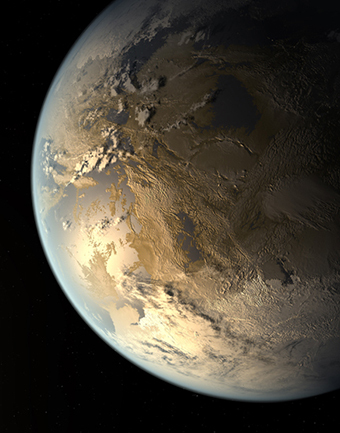News | July 1, 2015
NASA picks two teams to advance concept for precision planet hunter

On a rugged Arizona mountaintop, astronomers will soon switch on a new, state-of-the-art instrument to hunt for planets circling distant stars: the Extreme Precision Doppler Spectrometer (EPDS).
And this week, NASA selected two instrument concepts for that new planet-hunting instrument to study in detail. The selected instrument concepts were proposed by teams from:
- Massachusetts Institute of Technology (MIT), led by Principal Investigator Dr. Gabor Furesz; and
- Pennsylvania State University, led by Principal Investigator Dr. Suvrath Mahadevan.
Earlier this year, NASA issued an open invitation for researchers to submit proposals to build a cutting-edge EPDS instrument, with the goal of installing it on the existing 3.5-meter WIYN telescope at Kitt Peak in Arizona by the fall of 2018. Six teams submitted proposals in response to NASA’s invitation and, of those, two have been selected for further study. Those two teams will advance their concepts to preliminary designs, and deliver study reports to NASA in January. NASA will select one of the teams based on the results of those studies.
The new instrument will employ a standard method to capture evidence of exoplanets: detecting subtle Doppler shifts in starlight. As planets orbit, they tug their host stars this way and that, alternately squeezing and stretching the waves of starlight that reach our telescopes. When operational in October 2018, the new spectrometer will have the precision to measure a star’s line-of-sight velocity (its “wobble”) to better than 0.5 meters per second (1 mile per hour). For context, the average human walking speed is about 3 miles per hour. Such extreme precision is needed to measure the mass of an Earth-sized planet orbiting a sun-like star.
The size of the star’s wobble reveals the mass of the orbiting planet, whether a massive gas giant like Jupiter or a small, rocky world like Earth. Combined with data from NASA space telescopes such as Kepler (operating since 2009) and TESS (to be launched in 2017), the new EPDS instrument will confirm planetary candidates discovered by those missions and improve our understanding of their properties.
The project is part of a new partnership between the National Science Foundation (NSF) and NASA, called NN-EXPLORE (The NASA/NSF EXoPLanet Observational Research partnership), to find and characterize exoplanets. Under NN-EXPLORE, the NSF supports the operation of the WIYN telescope, while NASA provides research funding for observers and the new EPDS instrument. By the time the new EPDS instrument is up and running, NASA and the National Optical Astronomy Observatory, which is funded by NSF to operate Kitt Peak, will have in place a “guest observer” program to ensure open access to the new instrument across the U. S. scientific community.
For more information on NN-EXPLORE, visit:
JPL Media Contact:
Whitney Clavin
Jet Propulsion Laboratory, Pasadena, California
818-354-4673
whitney.clavin@jpl.nasa.gov




